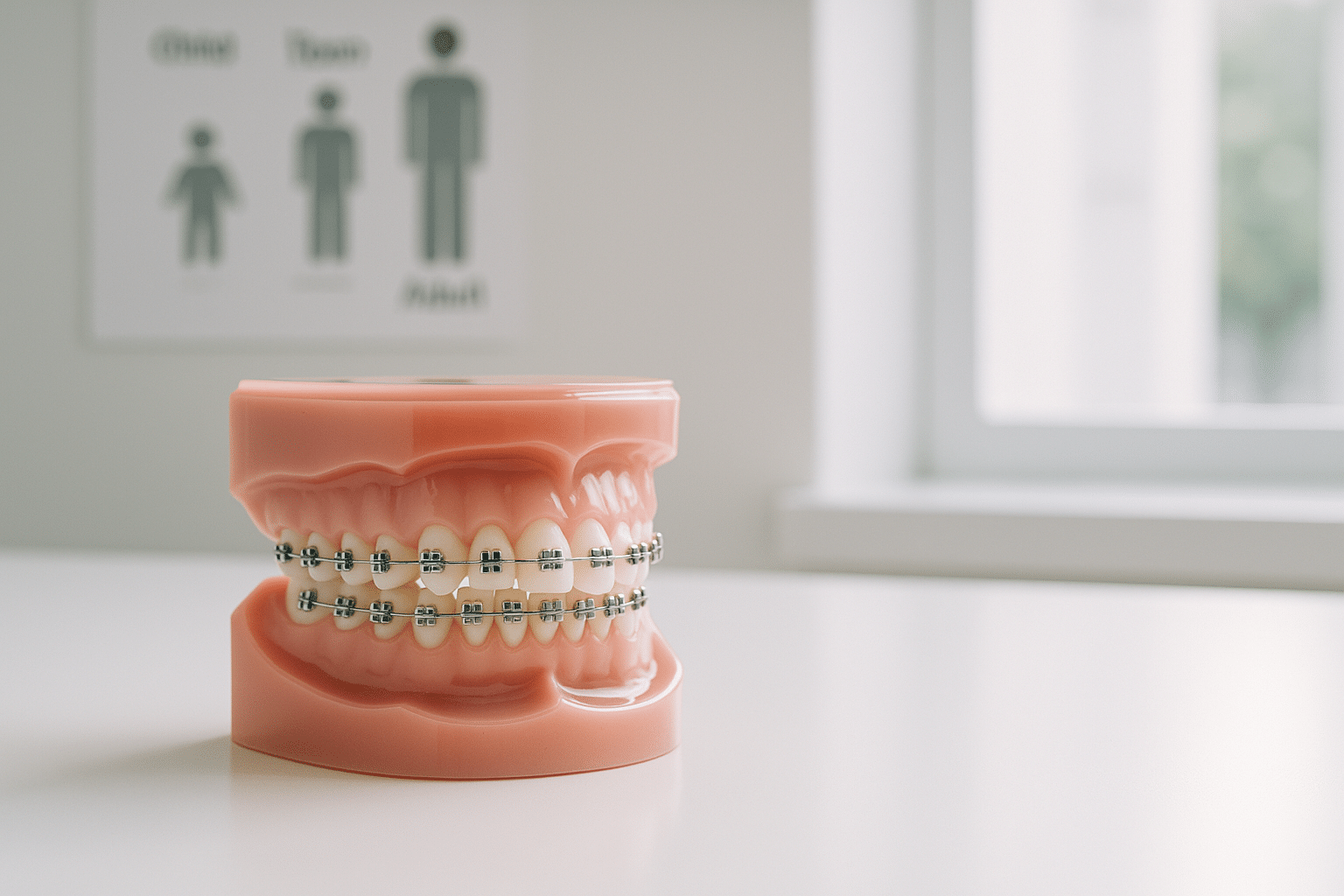Many of Canada’s eight million immigrants qualify for the Canadian Dental Care Plan (CDCP). For those who don’t, Canada has other options that can meet your needs.
Canada saw an influx of immigrants totaling 1.3 million between 2016 and 2021. Immigrants now make up 20 percent of the population so providing quality dental care for those moving and living in Canada is a priority.
Qualifications for CDCP
The CDCP eligibility requirements doesn’t address immigrants specifically but all those qualifying must meet the four basic criteria:
- Permanent residency in Canada
- Filing taxes in Canada last year.
- An adjusted family net income of less than $90,000 annually.
- No access to private dental insurance either through an employer, labor group, professional organisation, school organisation or personally.
The primary hurdles for immigrants are going to be the first two qualifications. An immigrant that has permanent residency in Canada would qualify for the CDCP. This includes refugees, asylum seekers, and those immigrating to Canada.
Those who wouldn’t fall into this category are those living in Canada for work and students as they will eventually return to their home country.
The second qualification may pose the biggest hurdle for new immigrants. You must file taxes to the Canadian government for the previous year in order to qualify for the CDCP. This is an important issue because your annual net family income will be listed on the tax filing.
The annual net family income on the tax return verifies your qualification for the CDCP regarding income limitations. A household must have an annual net adjusted family income of less than $90,000. Those who don’t file a tax return for the previous year aren’t eligible for this dental plan.
The final qualification is that you don’t have access to other dental coverage. This is a crucial eligibility requirement as the dental plan is targeting those who otherwise would go without coverage.
Immigrants who aren’t provided with an option for dental coverage through their employer, their spouse’s employer, a trade or labour group, professional or student organization are eligible for the CDCP. Also, you can’t get private personal dental insurance.
This means you weren’t offered a dental plan through any of these methods and don’t have the option of getting a private plan because it’s too expensive or you aren’t eligible. It doesn’t include people who opt-out or deny dental coverage through any of these methods. Private dental coverage must be inaccessible to you to qualify for the CDCP.
Applying for the CDCP
Previously, the Canadian government’s dental plan was open to senior citizens, children, and the disabled. The final roll-out phase is happening this year so it will be open to all. You can apply online here but will need to have some information ready when you apply.
Everyone in your household can apply for coverage but it’s advised to fill out only one application for everyone. This includes your spouse/common-law partner and any children. Filling out one application prevents delay.
Information you will need to apply for the CDCP includes Social Insurance Numbers (SIN)for everyone in your home, although some children may not have them yet. You will need to also provide birthdates for everyone, especially children who don’t have a Social Insurance Number yet.
Other required information includes everyone’s full name, home and mailing address, and a list of dental programs you obtain through government social programs. This won’t prevent you from getting CDCP but will help coordinate coverage.
You will also need information from your previous year’s Canadian tax return and your last Notice of Assessment. Those who haven’t filed their 2024 tax returns yet may use those from 2023.
Can Someone Help Me Apply?
Yes, you may request the help of a relative or friend to help you apply for the CDCP. The government understands you may have a language barrier so it is also allowable to have an interpreter help you through the process.
The one requirement is that you can clearly state that you have agreed to allow someone to help you.
Those who don’t have someone they can trust to help apply for the CDCP can use a delegate. A delegate is someone listed on documents as having the legal authority to make decisions and represent you. This includes someone who has power of attorney, a mandate, or who oversees a trusteeship.
In the case of using a delegate, you must submit documents to prove they have the legal authority to represent you. You will need to mail either the original documents or certified copies to your region’s Service Canada location. You can find the proper address here.
Documents should include a cover letter with your full name, your SIN, a statement the documents are being submitted for the CDCP, and the delegate’s name and contract information. You should also include a return address for the Service Center to return your documents.
Other Ways to Get Dental Coverage
Immigrants who may not qualify for the CDCP may be able to get dental and other types of medical coverage through provincial or territorial insurance options. While the CDCP requires you to be a permanent Canadian resident, these regional programs have options for temporary Canadian residents such as international students and foreign workers in Canada on work permits.
Each province or territorial health insurance plan has its own criteria but all include requirements like holding a valid study or work permit and intending to stay in the province for a specific time that is typically at least six months.
These plans allow immigrants to access basic health and dental care at a point-of-service with no out-of-pocket cost.
Private Insurance for Visitors
Those visiting Canada for less than six months have no public health insurance options so they must have private insurance to cover all medical and dental expenses while in the country. Private insurance usually offers emergency treatment options but you will need to check your plan if that is your option.
Understanding Options
Immigrants planning on remaining in Canada have many options for high-quality dental coverage. Look at your situation and gather your documents so see if you qualify for the CDCP or some other public offering. Local dental offices are also helpful in answering questions about treatment costs, how to pay for treatment, and identifying your options.




